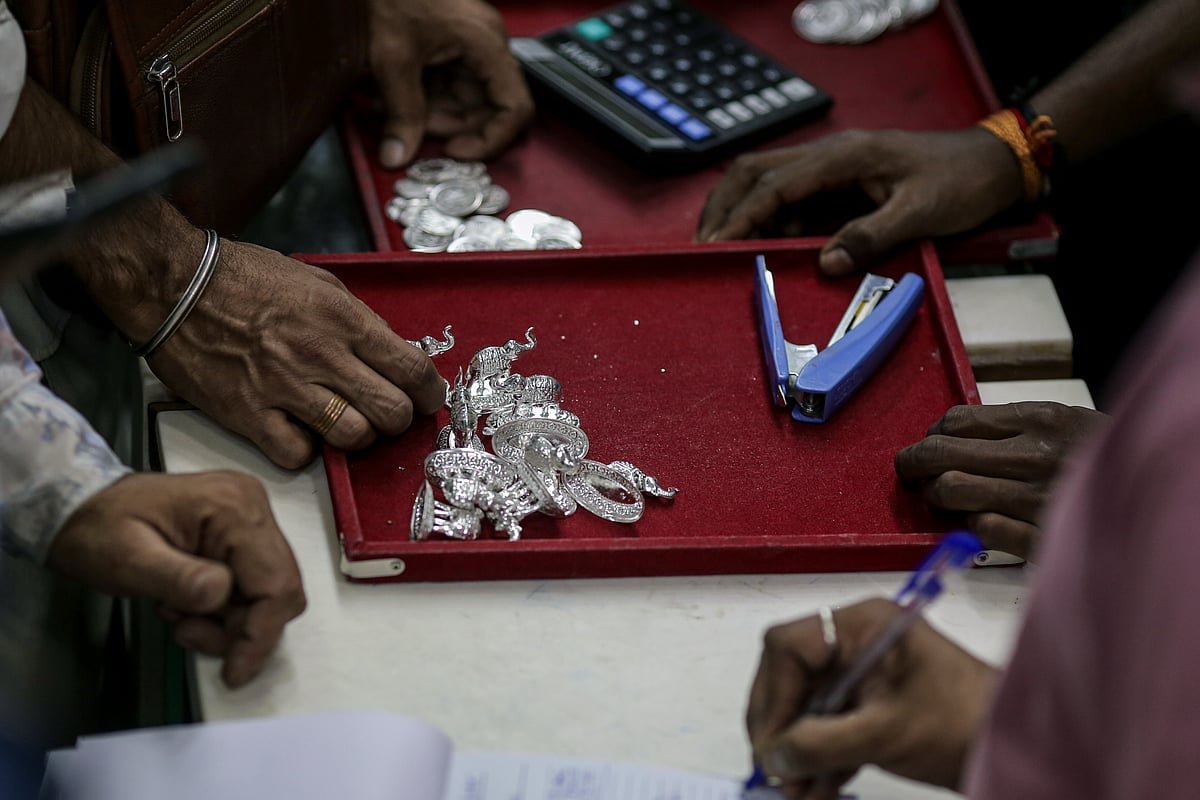One senior banker described how tempers rose as clients who had borrowed silver — typically companies in the physical supply chain, like refiners and dealers — called repeatedly to ask for the latest cost of borrowing. When his bank could no longer offer a price to roll forward its clients’ loans, some started screaming down the phone lines, he said.
In another sign of the disarray in the market, one trader said the big banks were offering such wildly different quotes that he was able to buy from one bank at its ask price and simultaneously sell to another at its bid for an immediate profit – a rare sign of dysfunction in such a large and competitive market.
“There is more or less little to no liquidity actually available in terms of leases in London,” said Robin Kolvenbach, co-CEO of Swiss precious metals refiner Argor-Heraeus. “We have basically stopped all silver intake that is not committed contractually.”
Breaking the Squeeze
The silver market is known for its wild swings, and on past occasions the market regulators have stepped in. The Hunt brothers’ attempted corner in 1980 was broken when the main exchanges prevented traders from taking new positions, allowing them only to liquidate.
In 1998, after Warren Buffett’s Berkshire Hathaway Inc. bought the equivalent of about a quarter of the world’s annual mine output and triggered a squeeze in London, the London Bullion Market Association changed its rules to accept metal that would be delivered to a vault within 15 days, rather than the usual five-day window.
The LBMA doesn’t see the need to take similar action now, because it views the current squeeze as the result of genuinely short supplies of silver, rather than due to logistical bottlenecks as occurred in 1998, according to a person familiar with its thinking.
For the past five years, silver demand has outstripped silver supply from mines and recycled metal — in large part thanks to a boom in the solar industry, which uses silver in its photovoltaic cells. Since 2021, demand has outstripped supply by a total of 678 million ounces, according to the Silver Institute, with photovoltaic demand more than doubling over the period. That compares to total inventories in London of around 1.1 billion ounces at the start of 2021.
The stress in the silver market has been building since the start of the year, as fears that silver would be ensnared by President Donald Trump’s reciprocal tariffs prompted traders to attempt to front-run any possible levies by shipping more than 200 million ounces of metal into New York warehouses.
On top of the tariff drawdowns, more than 100 million ounces of silver flowed into global ETFs in the year through September, as a wave of investment demand for precious metals supercharged a rally that helped drive gold through $4,000 an ounce for the first time in history.
Together, the two trends drained London’s reserves, leaving dangerously little metal available to underpin the roughly 250 million ounces of silver that change hands in the London market every day. Based on Metals Focus estimates, by early October the “free float” of metal not owned by ETFs in the London silver market had dropped to less than 150 million ounces.



